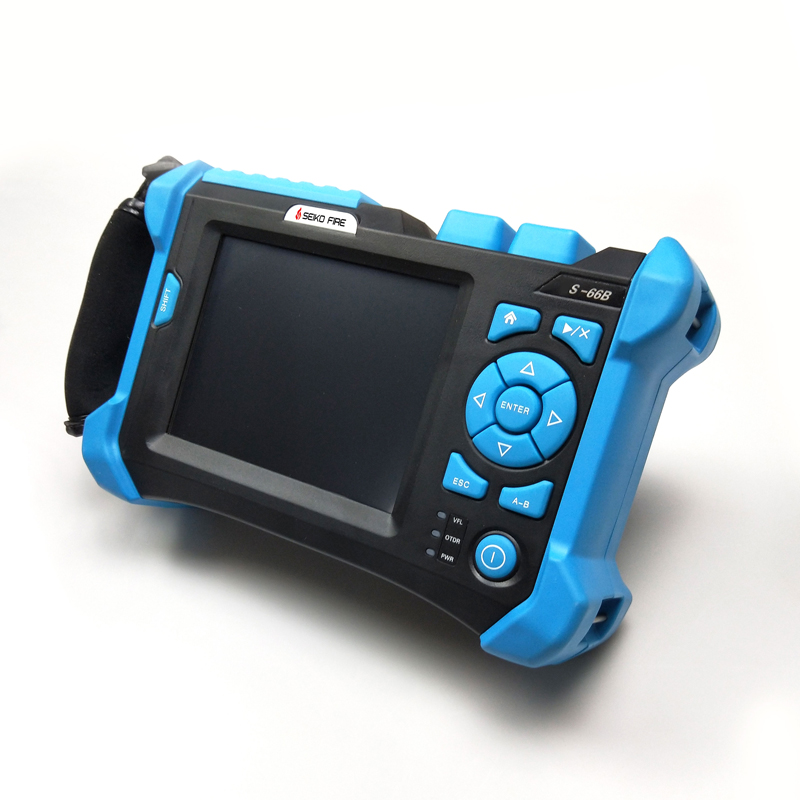HOW TO USE OTDR?
What is the most important thing to our OTDR? It must be looking at the graph and analyzing the curve. Then you can determine the condition of the line according to the curve.
The operation mode and key function of each machine are basically different. First of all, we have to understand the basic operation and the key functions.
We need to understand the most basic aspects of the OTDR.
(1) What is the test key
(2) Set in which place, determine the pulse width, range, wavelength, measurement mode position.
(3) How AB guide line moves.
After we understand these few, we can perform basic tests.
(1) Select the wavelength, within a few kilometers, we choose 1310nm, 1310nm wavelength measurement accuracy is higher, the test situation is more accurate, the sampling is more intensive. In the case of tens of kilometers and tens of kilometers, we choose 1550nm. (note that the loss of 1310nm in our standard optical fiber cable is 0.33db/km, and the loss of 1550nm is 0.25nm/km, so in order to have a good look at the loss, we also use the 1550nm wavelength in many tests within several kilometers.)
(2) Select the range, the range we choose determines the maximum output power range of the machine. Therefore, the range we choose must be larger than the distance of the actual line.
(3) Pulse width, pulse width is the sampling frequency, which is similar to measuring a distance, maybe several centimeters of objects, we need to be accurate to millimeter, but only meters can be used for several kilometers. The same is true for pulse width.
(4) Refractive index, in the case of no need to set, this is the most reasonable value of each manufacturer's own machine detection.
We mainly look at reflection and non reflection. The reflection will appear on the plane of our machine in the form of a reflection peak on the image. Generally, it is the reflection at the joint of the machine and the test line at the beginning, and then there will be a reflection peak when there is a flange head or a segment in the circuit. When the end is flat, it also has an end reflection peak.
The non reflection peak is generally the event point, that is, the loss point.
What do we need to look at for graphs?
(1) Distance, which is the location of the loss point
(2) Loss point loss size
(3) Connection point location
(4) Connection point loss size
(5) End length
(6) Total loss at the end of the line.
(7) Is there any secondary reflection
(when the end is set as the end and the range set is twice the distance of the actual test, there will be secondary reflection, that is, the light will hit twice in the circuit.)
